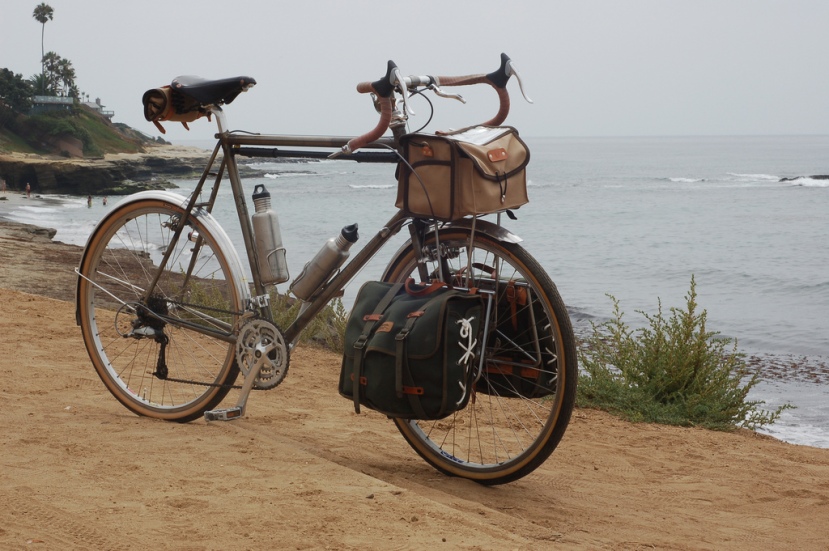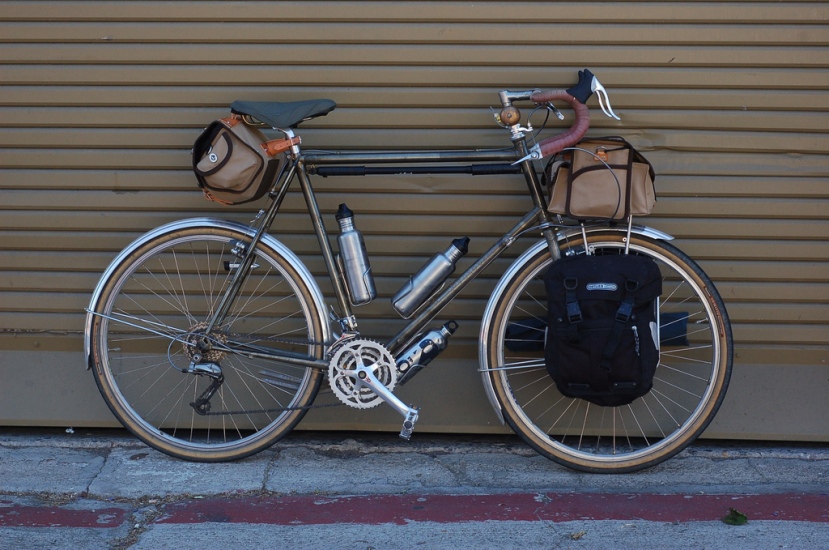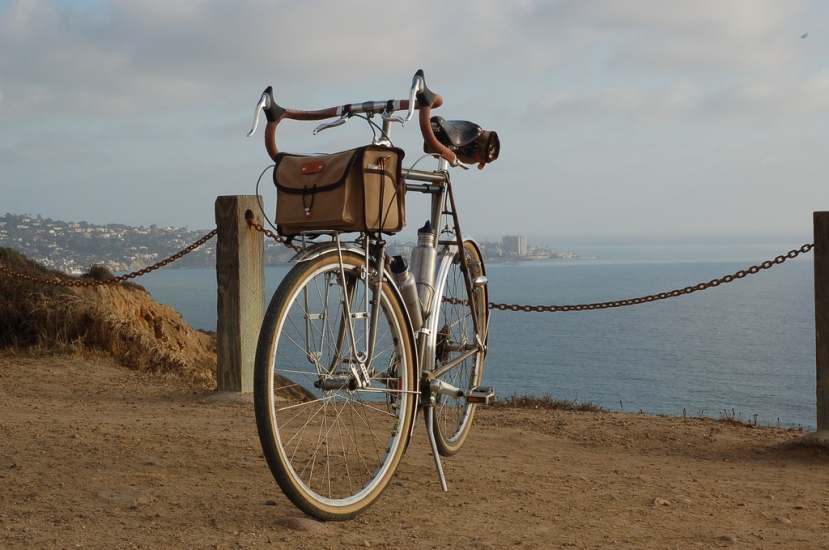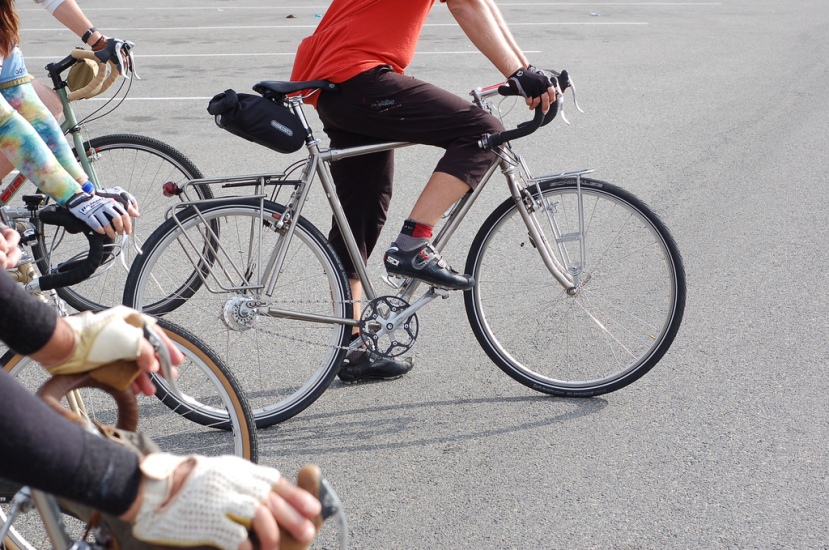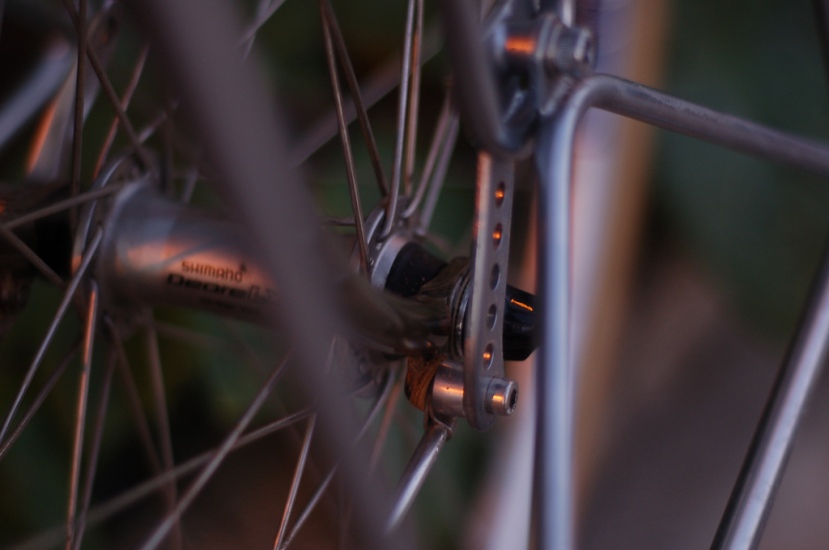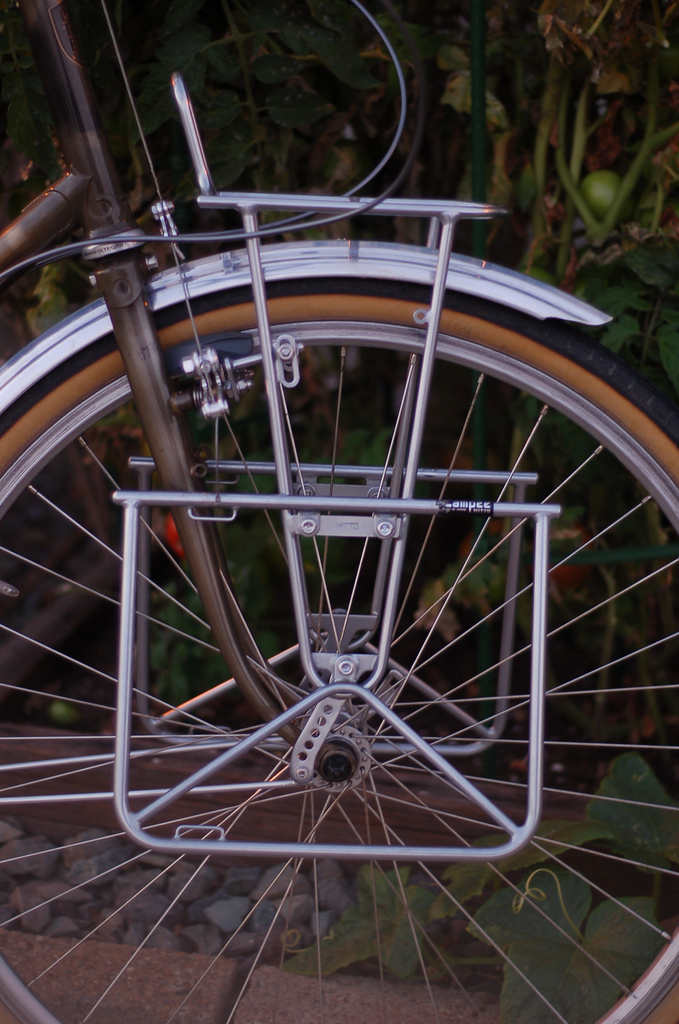Bicycles, Consumption, and Buy Nothing Day
Yesterday was Buy Nothing Day in the United States (the international day is today). I did buy a sandwich, but I certainly stayed away from malls, big box stores, and gridlocked shopping district intersections filled by drivers drunk with consumption (and, consequentially, not very careful). Like other cyclists — I went for a nice ride in nature. We rode sinlgetrack and fire roads through the San Pasqual Agricultural Preserve:

Photos from Buy Nothing Day around the world:
Buy Nothing Day brings out activists and everyday folks for many different reasons: the commodification of religious holidays; the nature of global capital flows; consumption taking over notions of citizenship; environmental degradation; labor conditions for workers in poor countries; and wasteful living.
For many thoughtful cyclists, hopping on the bicycle represents a daily affirmation of crafting a life different from the one promoted by mass consumer culture. Riding can serve as a small protest against the polluting, go-go, numbing, race-to-the-bottom design of mass society that seems to have progressed undeterred from criticism.
And the counter-cultural nature of bicycling goes far beyond the practice of moving through space. The bicycle slows the rider down, begging for attention to detail and interaction with others. The beauty of riding leads many cyclists to take care of their rides, carefully adding parts – new and vintage – like a collage.
Now that Buy Nothing Day is over, its time to spend money where it matters – to support small producers, small operations, and local bike shops. Honjo and Nitto are both small craft operations. Custom frame builders like Capricorn, Wanta, Ditta, Frances, Winter (and many others) would love your business. Small bag makers (Acorn, Zugster, Lemolo) and clothing makers (Bicycle Fixation, Swrve, and B. Spoke Tailor) make cycling-specific wares from within the cycling community. Small operations like Rivendell could use your order.
Now, its not about buying nothing. But buying fewer, well-made, high quality of life things and paying more for them — because they’re worth it. Or, we can just race to the bottom, follow the ideologies of “less for more,” and continue the cycle of worker exploitation, environmental degradation, and crappy quality all because we want “a deal.” Cyclists intuitively know the difference. The craft movement is alive and well in the cycling community. Its time to put our money where our priorities are.


















